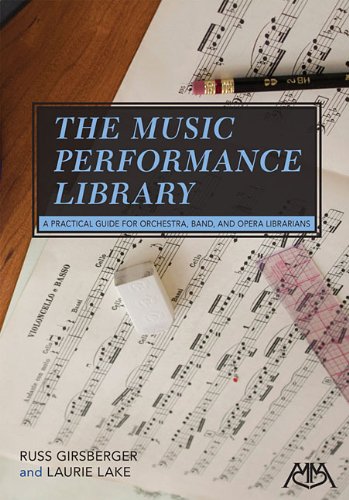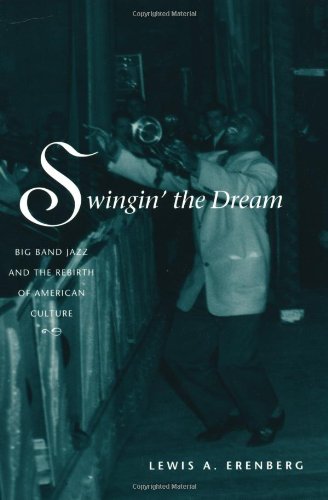Composing for the Jazz Orchestra Review

Composing for the Jazz Orchestra Review

The Music Performance Library: A Practical Guide for Orchestra, Band and Opera Librarians Review

Children's Corner - Orchestra Version Review

The Business of Getting More Gigs as a Professional Musician Review

Tchaikovsky: 1812 Overture; Capriccio Italien; Marche Slav. Kenneth Alwyn, London Symphony Orchestra and the Band of the Grenadier Guards. Classic ... review): An article from: Sensible Sound Review
Essential Elements 2000 Conductor Book 1 Plus DVD and CD Review

Christmas Favorites - Drums: Big Band Play-Along Volume 5 (Hal Leonard Big Band Play-Along) Review

An annotated bibliography of contemporary works programmable by wind band and orchestra. Review

Symphonia No. 4 in D Major for String Orchestra Review

A Conductor's Interpretive Analysis of Masterworks for Band Review

Johnny's Jukebox Trivia: 1,001 Fantastic Questions from the Golden Age of Rock and Roll Review

Popular Songs: Orchestra Play-Along Volume 1 Review

Bees Are Boppin' for String Orchestra - Score Review

Swingin' the Dream: Big Band Jazz and the Rebirth of American Culture Review

The Marching Band Handbook: Competitions, Instruments, Clinics, Fundraising, Publicity, Uniforms, Accessories, Trophies, Drum Corps, Twirling, Color Guard, Indoor Guard, Music, t Review

Gustav Mahler and the New York Philharmonic Orchestra Tour America Review
